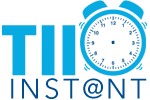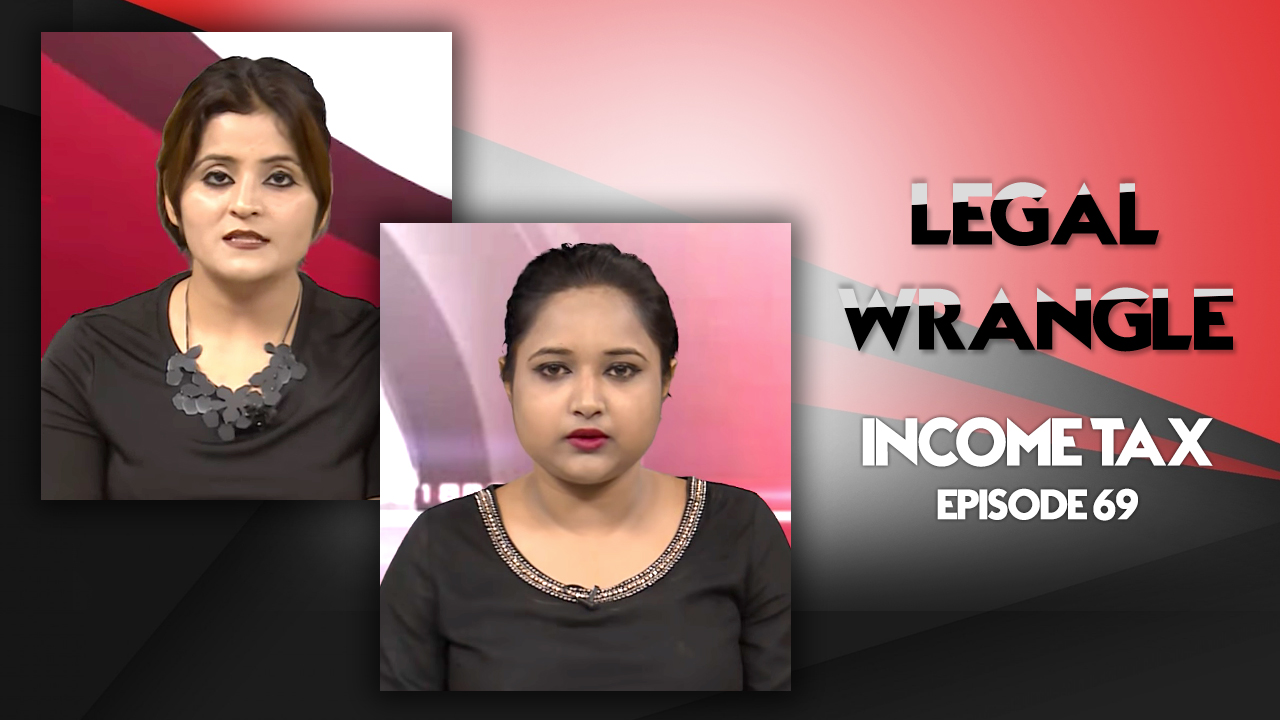
| 2018-TII-INSTANT-ALL-548 | 24 March 2018 |
 |
|
|
TII BRIEF CBDT clarifies CbC due date of Mar 31 not to apply to group entities MLI to come into force on July 1, 2018 CASE LAWS NIVEA INDIA PVT LTD Vs ACIT: MUMBAI ITAT (Dated: March 21, 2018) Income tax - Section 92B Keywords - AMP expenses - ALP - beneficiary of brand - bright line test - non routine expenditure - TNMM The Assessee-company is a downstream subsidiary of Beiesdrof AG's, and its product portfolio comprises of body lotion, deodorants, telecom, face care products. Assessee-company is principally engaged in the sale of Nivea products, and its operations could be broadly classified into two segments, namely manufacturing and distribution. As per the agrragements, the AE used to supply raw material/packing material/semi finished goods/finished goods and the assessee would compensate the AE by paying return of 4.16% on costs in accordance with the group. Noticing these international transaction, the AO made a reference for determination of ALP to the TPO, who found that assessee had benchmarked the transactions in Manufacturing segment, applying TNMM as MAM and Operating Profit/Sales as the PLI. He also noted that IT.s of purchase of finished goods under the distribution segment were benchmark applying Resale Price Method as the MAM with Gross Profit/Sales as the PLI. During the TP proceedings, the TPO observed that assessee was incurring large AMP expenses, that it was creating a valuable marketing intangible by incurring such expenses on NIVEA brands in India. He noted that the assessee was not the legal owner of brands in India and it was merely a user and beneficiary of brand. He opined that incurring of AMP expenses translated into development of brand in which the assessee was contributing in terms of expenses incurred for development of brand, that it should have been compensated by the AE for its marketing efforts. Applying the ratio of order of the Tribunal in the case of LG Electronics India Private Ltd., the TPO held that incurring of AMP expenses constituted service to the AE as brands promoted by the assessee were actually owned by the AE, that the AE had allegedly benefited from the expenses incurred by the assessee, that it should have received compensation at arm's length, that incurring AMP expenses constituted an IT within the meaning of section 92B. For benchmarking the said transaction, the TPO held that bright line was a concept internationally accepted as an economic tool, that it was a form of CUP method that was used to segregate non-routine expenditure from the routine expenditure incurred for normal business of the assessee. On appeal, the ITAT held that, Whether any TP adjustment is permitted, in the absence of an arrangement between an assessee and the AE for incurring AMP expenses - NO: ITAT Whether indirect accrual of benefit to AE because of expenses incurred by Assessee, will not render the same as an international transaction - YES: ITAT + this Tribunal is of the opinion that in the absence of an agreement or arrangement between an assessee and the AE, for incurring AMP expenses, no TP adjustment can be made. In the present case, the TPO and the DRP have not brought on record the fact that the expenses incurred by the assessee were not for the its own business. Even if for the sake of argument, it is accepted that the AE was benefitted indirectly because of the expenses incurred by the assessee, it has to be held that the transaction was not an IT. The logic behind the finding is very simple-the basic purpose for incurring expenses by the assessee was to expand its business in India and not to look after the interest of the AE. It is to be noted that the assessee had started manufacturing activities in India and wanted to establish its foothold in the country. For that purpose, if it had incurred certain expenditure, it has to be accepted that it wanted to create awareness about its product in the Indian market. The growth of the business of assessee for some of the years is sufficient to conclude that expenses incurred by assessee were wholly and exclusively for its own business and not an IT. In the case under consideration, the TPO had made the adjustment by applying BLT. The sole basis on which the adjustment, under the head AMP expenditure, was made was that expenditure incurred by the assessee was significantly higher than that of its comparable is on application of BLT. However, the Writ Courts are of the unanimous opinion that BLT cannot and should not be applied for making TP adjustments, as same is not one of the recognised methods; + as per the LO, the AE was the legal and economic owner of all manufacturing know-how and contractual property rights of its products that were manufactured by its affiliated units, that the assessee had to pay license fee at fixed percentage to the AE, that besides the Technology intangibles the letter talks about marketing intangibles also, that AE was the legal owner of the group trademarks, that it had allowed the assessee to use the names and the trademarks for the products manufactured by the assessee, that the AE has been narrated as 'trademark owner-licensor' in the letter, that the assessee is narrated as economic owner of long term distribution rights, that the assessee was not supposed to pay royalty to its AE, that the assessee had advertised the products as per the conditions and the requirements of the local market. Two products- a deodorant for women and a face wash product-manufactured and advertised by it had the flavor of the local market. One thing more has to be remembered here that the assessee was a new entrant in the field of manufacturing and sale of cosmetic and personal care, that there were already old players-like HUL, P & G and Colgate Pamolive- that manufactured same products. Naturally to compete with established manufacturers and brands it had to incur huge advertisement expenses, so that new products would become popular. There is a subtle but definite difference between the product promotion and brand promotion. In the first case, product is the focus of the advertisement campaign and the brand takes secondary or backseat, whereas in second case, brand is highlighted and not the product. In the case under consideration, the assessee was introducing new products in the fields of bodycare, deodorants, creams, shower soaps etc. If it has to penetrate the local market, it will had to promote the products that could compete with the similar products of other players; + the issue of AMP expenditure incurred by an assessee, is an IT or not, has been deliberated upon in many a cases. In the case of Thomas Cook (India) Ltd., the Tribunal, after considering the available High Court judgments had held that: "....There is merit in the contention of the Assessee that a distinction is required to be drawn between a 'function' and a 'transaction' and that every expenditure forming part of the function, cannot be construed as a 'transaction'. Further, the Revenue's attempt at re-characterising the AMP expenditure incurred as a transaction by itself when it has neither been identified as such by the Assessee or legislatively recognised in the Explanation to Section 92 B runs counter to legal position explained in CIT vs. EKL Appliances Ltd. which required a TPO "to examine the 'international transaction' as he actually finds the same. In the present case, the mere fact that B&L, USA through B&L, South Asia, Inc holds 99.9% of the share of the Assessee will not ipso facto lead to the conclusion that the mere increasing of AMP expenditure by the Assessee involves an international transaction in that regard with B&L, USA. A similar contention by the Revenue, namely the fact that even if there is no explicit arrangement, the fact that the benefit of such AMP expenses would also encure to the AE is itself self sufficient to infer the existence of an international transaction has been negatived by the Court in Maruti Suzuki India Ltd...." Therefore, this Tribunal holds that the AMP expenses incurred by assessee were not IT.s and that no adjustment should have been made under that head for any of the above AY.s. Assessee's appeal partly allowed |
Thanking you for your support and cooperation. Regards, TIOL HOUSE, 490, Udyog Vihar, Phase - V |
